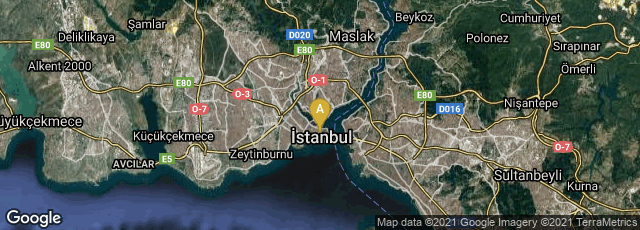

The Codex Ebnerianus, a Greek language illuminated manuscript of the New Testament, was probably written in Constantinople at the beginning of the 12th century during the Comnenian Period.
"Its full-page illustrations make it one of the finest of a large group of manuscripts which are the most important representatives of the Comnenian revival in pictorial art.
"The cycle of illustrations is unique among surviving Greek New Testament manuscripts in that it places author portraits and scenes connected with the authors at the beginning, not only of the Gospels, but also at the beginning of Acts and some of the Epistles" (Meredith, "The Illustration of Codex Ebnerianus", Journal of the Warburg and Courtauld Institutes XXIX (1966) 419.
The codex is named after the Nuremberg diplomat, historian, scholar and patron, Hieronymus Wilhelm Ebner von Eschenbach who founded a library, the Bibliotheca Ebneriana, using his extensive collection. While the codex belonged to Ebner von Eschenbach in 1738 the scholar Conrad Schoenleben issued a pamphlet on it entitled Egregii codicis graeci Novi Testamenti manuscripti quem Noribergae servat vir illustris Hieronymous Gvilielmus Ebner. According to Roland Folter, Schoenleben's 44-page pamphlet with two illustrations was the first publication about a specific medieval manuscript, and also probably the first publication on a specific book in a private library.
The Codex Ebnerianus is preserved in the Bodleian Library. According to Macray's Annals of the Bodleian Library, Oxford, A. D. 1598-A.D. 1867 p. 229, the Bodleian bought the Codex in 1820 from booksellers Payne and Foss. McCray also mentions that Schoenleben's pamphlet was incorporated by De Murr in his Memorabilia Bibliothecarum publicarum Norimbergensium published in 1788, part ii., p. 100. To that version De Murr added "thirteen well-engraved plates of the illuminations, binding and text. It was formerly bound in leather-covered boards, ornamented with gold, with five silver-gilt stars on the sides, and fastened with four silver clasps. This covering being much decayed, Ebner cased the volume in a most costly binding of pure silver, preserving the silver stars, and affixing on the outside a beautiful ivory figure (coaeval with the MS.) of our Saviour, throned, and in the attitude of benediction. Above the figure, Ebner engraved an inscription in Greek characters, corresponding to the style of the MS., praying for a blessing upon himself and his family" (McCray, p. 230).
Digital facsimile from Digital Bodleian at this link.